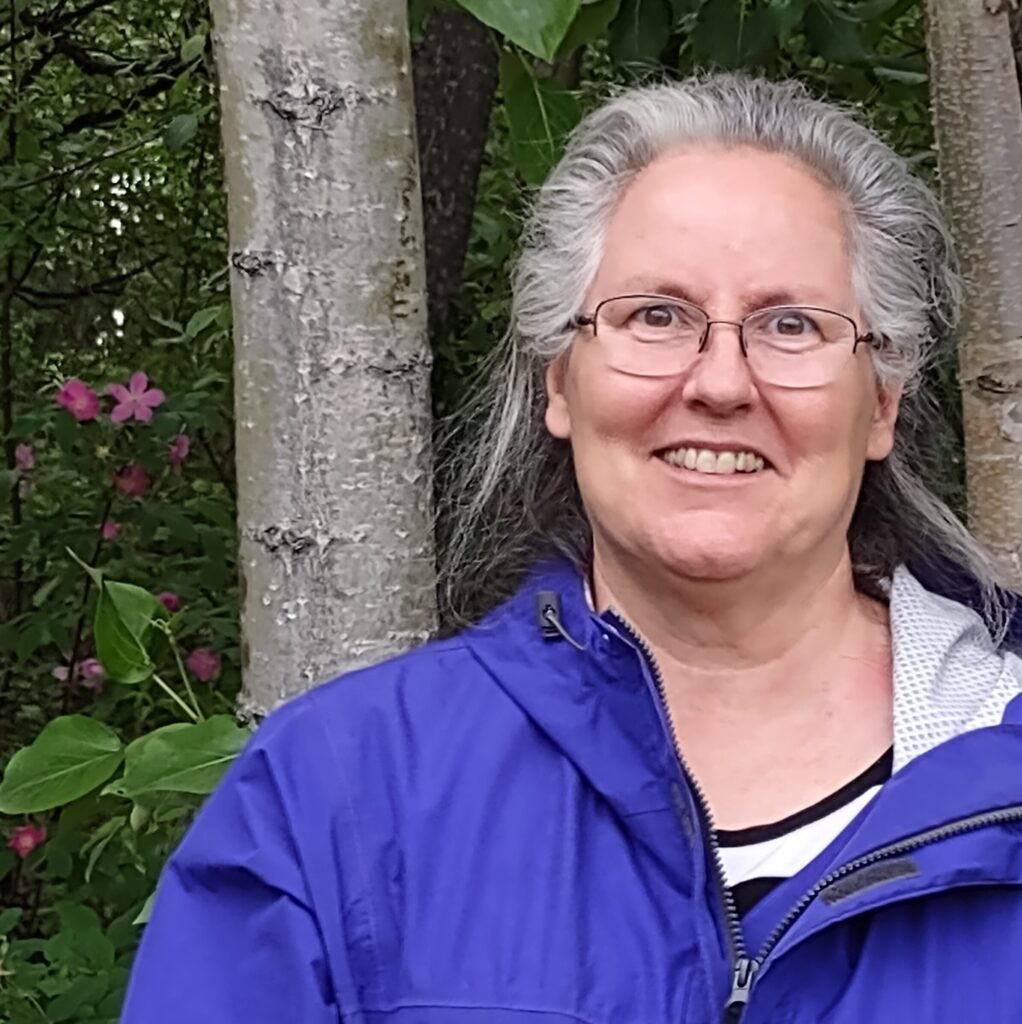
My name, Donna Levesque, translates from the French to “Donna the bishop”, but my maternal surname, Desjardins, translates from the French to “from the gardens”. My mother’s gardens, as well as her practice of folk medicine, fascinated me as a child. I closely observed her saving seeds and creating remedies for our ailments, from cough medicine to poultices. In addition to harvesting a garden, my family also foraged young dandelion greens and fiddlehead ferns, hunted, and fished. Like many other families in the Madawaska region of northern Maine and New Brunswick, Canada, we ate off the land. In one sense, you could say that botany is in my blood.
I moved to Alaska 44 years ago, where my interest in plants has evolved. Having lived in various regions of the state–Southwest, Interior, Southcentral, and Arctic–I have absorbed much natural history and ethnobotany. As a teacher, I have taught students gardening, foraging; natural plant dyeing; and making paper, salves, and balms with local plants. I have also created some 15 gardens, many of them from virgin land. All of this I have done without the benefit of a thorough knowledge of plant morphology or anatomy. I shied away from keying plants and the work of Eric Hultén, favoring instead books by Les Viereck, Verna Pratt and Anore Jones.
At long last, I am taking a deeper dive into the plant world. I am eager to explore their anatomies and to call plants by their proper names. My current favorite plant is the one pictured above: Pasque flower, Pulsatilla patens. Any plant that can survive Arctic winters of 60º or more below zero, only to be the first to emerge from the earth each spring and bloom before the geese arrive, has won my utmost admiration.



Welcome Donna,
so excited for you to be joining us. Pulsatilla is one of my many favorite plants as well. In the Interior it is the harbinger of spring, and I always go to my special place along the Tanana to find it in bloom. Glad you are taking this opportunity to have botany flow through your veins more intensely again :).
Below some details of a dissecting of Pulsatilla from some years again. I almost cried when I cut through the beautiful blossom, but I documented the parts and needed to only cut through one, I did not needed to see a cross section of the ovary and was happy with the longitudinal section. The number of styles for each of the ovaries is amazing in the flower, of course it makes sense in the fruit, but these purple styles are just so cute. Have fun in this class!